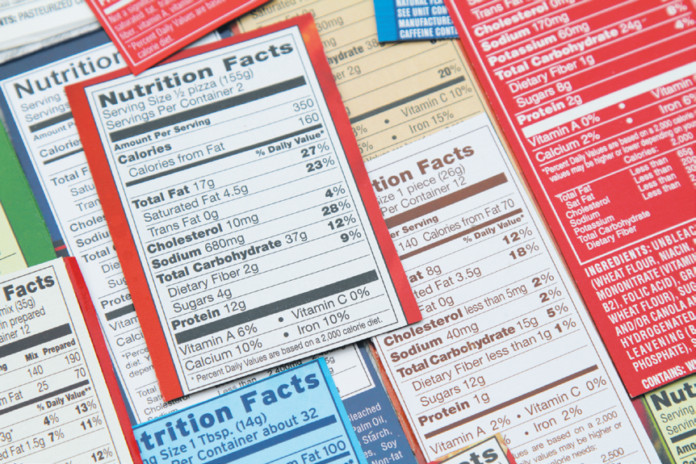A. Judith C. Thalheimer, RD, LDN, managing editor if Tufts Health & Nutrition Letter, answers: “Some carbohydrates—specifically fiber but also, to some extent, sugar alcohols—are not fully broken down by the body, and therefore provide few (if any) calories and cause little or no rise in blood sugar levels. The term net carbs refers to the amount of fully digestible carbohydrate in a food—how much carbohydrate will actually be absorbed into your body. It is calculated by subtracting grams of dietary fiber and half the grams of any sugar alcohols from grams of total carbohydrate.
“The term was invented by food manufacturers to appeal to followers of the low carb diet trend (although it may also be somewhat helpful for people with diabetes who require insulin and count carbs to calculate dosages). Legally, food manufacturers are only required to list total carbohydrates, dietary fiber, sugars, and added sugars on the Nutrition Facts label. That is why you won’t find net carbs included on all products.
“More fiber generally equates to lower net carbs. Consuming plenty of naturally high fiber foods (like fruits, vegetables, legumes, and whole grains) in place of low-fiber refined options is associated with health benefits, but that does not mean all foods that claim they are low in net carbs are good choices (particularly processed foods that tend to have nutrition facts labels). Many of these products are highly processed (see the September 2021 Special Supplement for information on the health dangers of ultraprocessed foods). Additionally, many of these foods contain added fibers, rather than natural fibers. Check this space in next month’s issue for a discussion of the difference between natural and added fibers.”
























